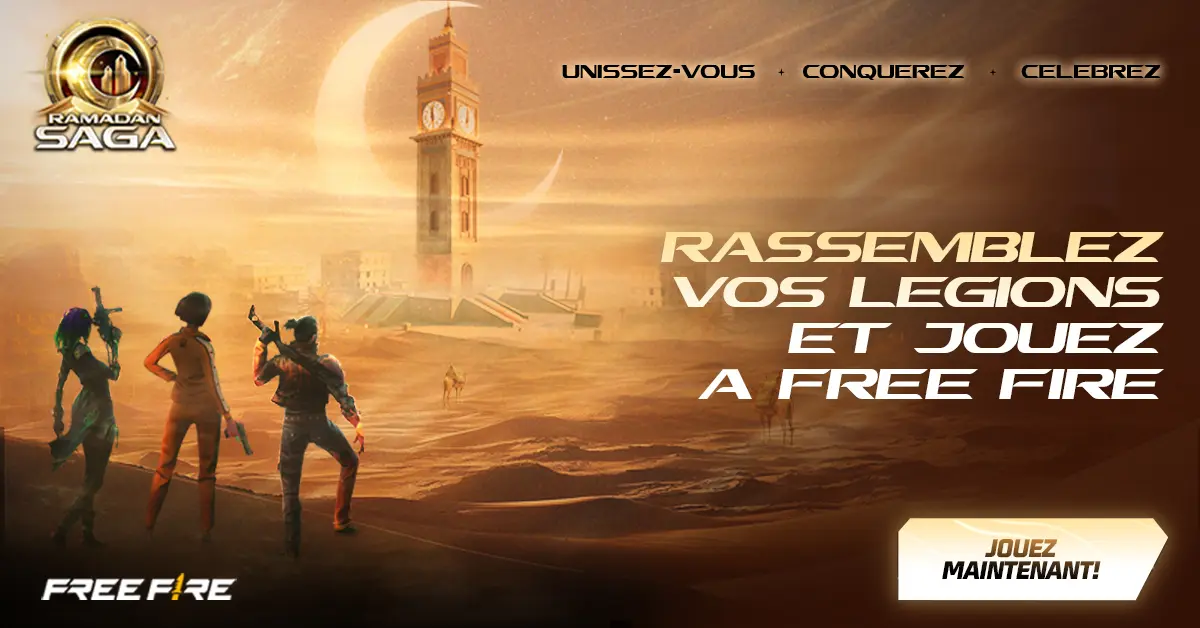
This year's Ramadan began on February 28th and will conclude on March 30th with the Eid al-Fitr celebration. In the context of globalization, Ramadan has gradually become a worldwide festival. At the same time, Ramadan is a crucial marketing window for brands to reach high-potential users, making it an essential period for developers, publishers, and advertisers. This article will analyze the core trends of Ramadan marketing in 2025 from the perspectives of market and user profiles, ad type characteristics, the gaming industry, and creative strategies for non-gaming categories.
Who Participates in Ramadan?
According to predictions, the global Muslim population will reach 2 billion in 2025, forming a tripartite market centered around the Middle East (Saudi Arabia, UAE), Southeast Asia (Indonesia, Malaysia), and North Africa (Egypt, Morocco).

Among these, Indonesia is the largest single market, with an expected Ramadan consumption scale exceeding $73 billion, of which the young urban group (aged 25-35) will contribute 65% of the consumption growth. It is worth noting that users in Gulf countries like Saudi Arabia and the UAE have the highest ARPU globally, with an average revenue per paying user of $270. Meanwhile, emerging markets such as Egypt and Morocco, with a median age of 24, are showing explosive potential due to their young population.
What Are the Characteristics of the Ramadan Ad Market?
In terms of ad spend, regional advertising during Ramadan aligns with the global Muslim population distribution but shows some local variations. Southeast Asia accounts for over half of the total ad share at 53.7%, followed by the Middle East at 14.5%. Interestingly, Europe ranks third with a 10.4% share, while Asia (excluding mainland China) and North America also hold significant portions.

According to YouGov's 2025 report, about half of the Muslim population plans to stay home for prayers during Ramadan. This will undoubtedly drive more traffic and engagement for various online applications, especially those related to religion, social interaction, and entertainment.
During Ramadan, non-gaming apps dominate ad spend with an 85.8% share, far surpassing gaming apps at 14.2%. In terms of growth, non-gaming app ad spend surged by 315.8% year-over-year from January to March 2024, compared to 64.6% for gaming apps. Among all apps, e-commerce apps lead in ad spend.

In terms of ad types, image-based ads are far more prevalent than video ads during Ramadan, accounting for 62.5% of the total. This aligns with users' need for more fragmented and efficient browsing during the festive period.

In terms of ad formats, in-feed ads dominate at 47.4%, followed by interstitial ads (19.3%) and native ads (17.1%). Rewarded video ads also saw a significant increase, reaching 12.5% with nearly 200% year-over-year growth. Although their share is relatively small, rewarded video ads are highly effective in driving user engagement, especially in gaming and entertainment apps.
Creative Strategies for Ramadan Ad Campaigns
During Ramadan, overseas gaming and non-gaming apps need to tailor their ad creatives to align with the cultural context and user behavior of the festival. Here are some specific strategies:
1. Incorporate Ramadan Cultural Elements
Ad creatives should integrate traditional symbols like mosques, lanterns, and crescents to highlight the festive atmosphere. Additionally, creative copy can include Ramadan greetings such as "Ramadan Kareem."

Tip: Ramadan is a culturally rich festival. Using symbolic elements and greetings can strengthen the emotional connection between brands and consumers, showcasing respect for the festival's traditions.
2. Highlight Incentives and Discounts
E-commerce apps should emphasize discounts, promotions, and service advantages like fast delivery, cash on delivery, and free shipping.

Tip: Ramadan is a key period for e-commerce platforms to boost sales. Highlighting discounts and services can quickly attract consumers and enhance brand reliability.
3. Enhance Interactivity and Fun
Ad creatives can include interactive games, user-generated content (UGC), and humorous elements. Offering exclusive discounts through games or encouraging UGC through challenges can amplify brand impact.
Tip: Interactive and fun creatives boost user engagement and conversion rates. UGC also helps brands connect with consumers more effectively.
4. Strengthen Emotional and Spiritual Resonance
Ads can feature scenes of family gatherings, prayers, and meals to evoke a sense of togetherness. Incorporating charity collaborations or fundraising elements can also showcase a brand's social responsibility.

Tip: Muslims place great importance on family values. Such creatives resonate emotionally while aligning with Ramadan's spirit, enhancing brand affinity.
If you'd like to learn more about ad buying or consult on app marketing for global expansion, feel free to contact us by clicking "Read More"!










